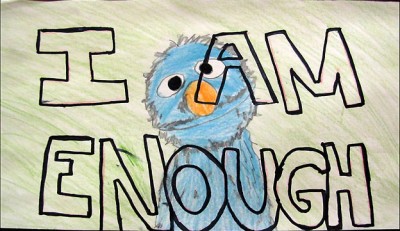
“Be impeccable with your word. Speak with integrity. Say only what you mean. What you put out energetically will return to you. Putting out love and gratitude perpetuates the same in the universe. The converse is also true.”
– Don Miguel Ruiz, “The Four Agreements”
What is more important than keeping your word?
Money comes and money goes. Health increases and health declines. Love comes in, but that, too is something that we must ultimately give away. I’ve always believed the one thing we get to keep in this lifetime is our word.
When we keep our agreements the rewards are immediate. We stay in balance with ourselves and we create harmony with others. We have more vitality and self-worth. We know that we can be counted on and this enhances our relationships.
When we break our agreements, we inherit a debt. We are thrown out of balance and pay a price for our inaction. We might develop self-doubt, lessen our self-esteem and deteriorate our relationships with others. We lose another’s trust and shut ourselves off from feeling alive.
My friend David calls it a “Trust Bank.” We either deposit or withdraw from that trust bank account every time we keep or break an agreement. In his words “some people have even speculated that there’s a correlation between our ‘trust bank’ balance and our ‘real bank’ balance.” Think out about that one for a second!
Is your trust bank balance in deficit or is it overflowing?
Remember these points:
- Keeping your word keeps you whole.
- Integrity is an attractive quality; it brings healthy people into your life.
- Make only those agreements you intend to keep.
- Write down the agreements you make.
- Renegotiate the agreement if you determine it will throw you out of balance.
What agreements can you keep this week that can increase your trust bank balance and add to your aliveness?






